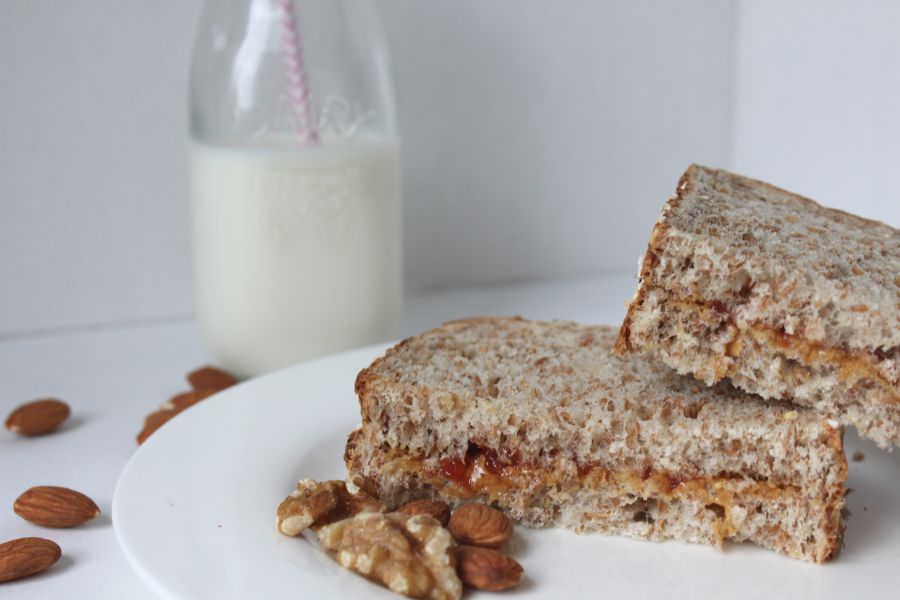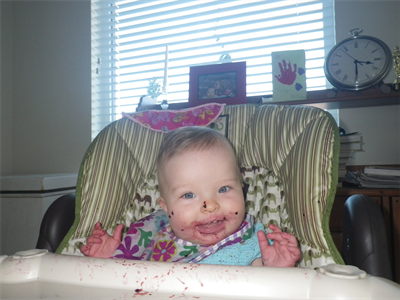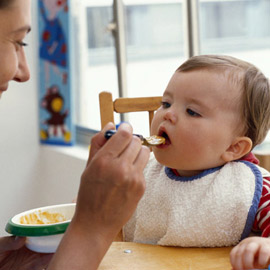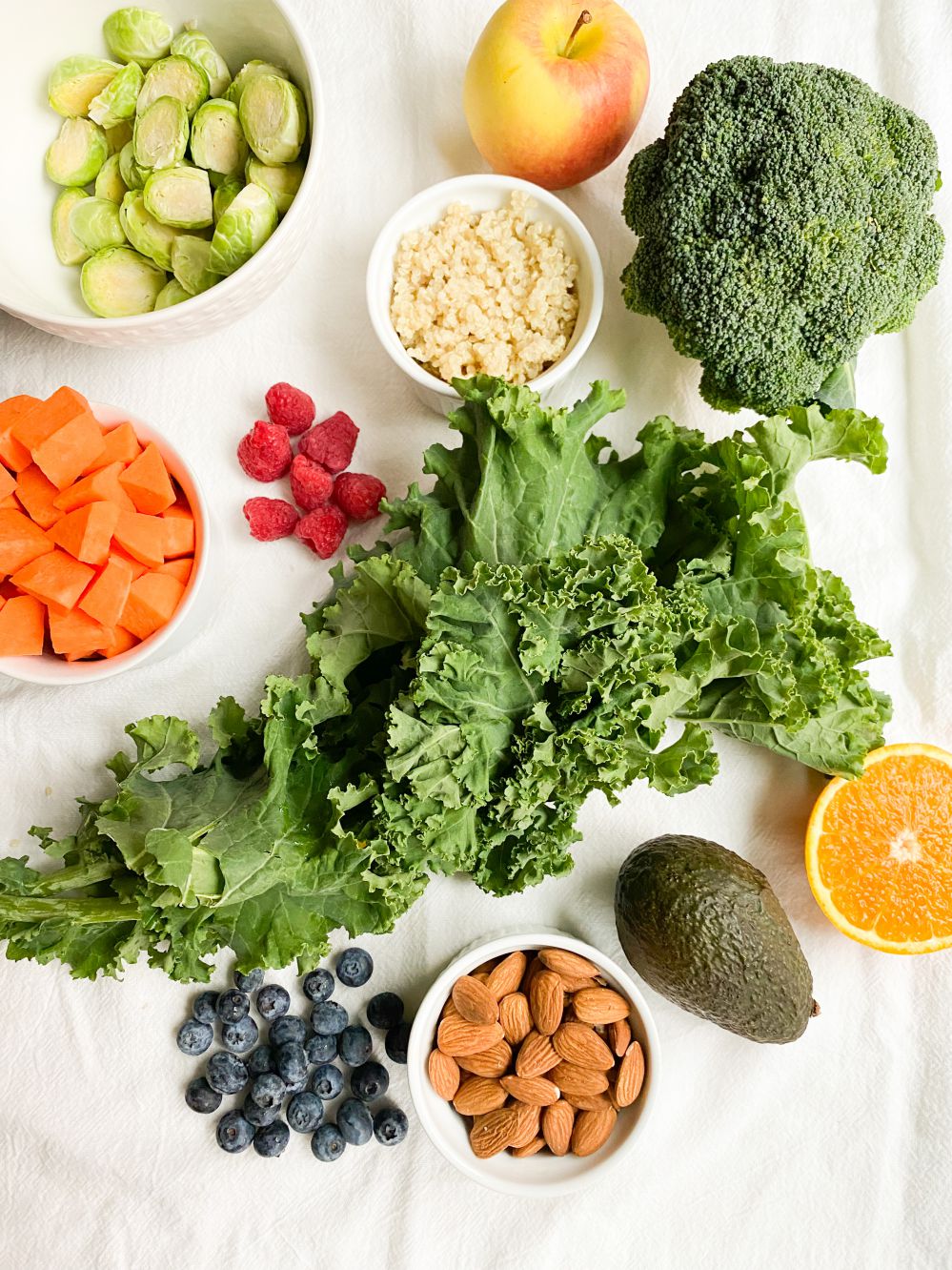Food Allergies and School Lunches
September has ended… How are you doing with packing school lunches? This whole school lunch thing probably seems more like a chore at times… packing healthy lunches that are going to be eaten; while avoiding one of the most loved peanut butter and jam sandwiches.…









